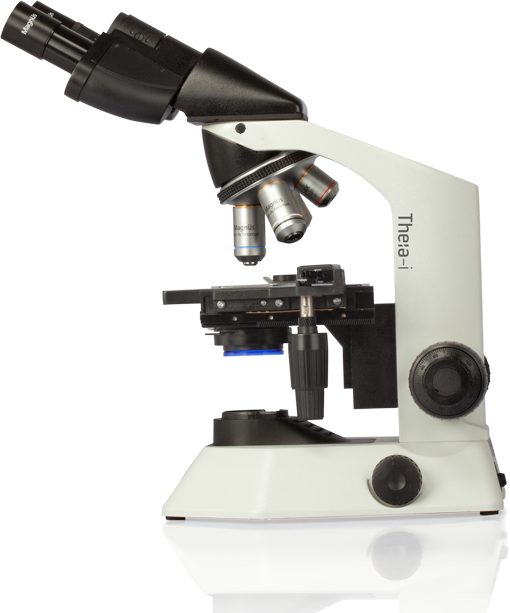Facial Hemiatrophy: Exploring Links to Breast Cancer Treatment Leave a comment
Understanding breast cancer management demands attention to diverse therapies. Among these, testolactone holds promise. This non-selective aromatase inhibitor diminishes estrogen synthesis. This can limit tumor growth. It serves a niche role. Testolactone complements mainstream cancer treatments. Its role extends beyond mere estrogen suppression.
Testolactone: An Aromatase Inhibitor in Focus
Testolactone is pivotal in addressing hormone-sensitive breast cancer. It inhibits the conversion of androgens to estrogen. This blockade starves tumors reliant on estrogen. Effective in postmenopausal women, it curbs disease progression. By cutting estrogen levels, testolactone can reduce tumor size.
Resistance poses challenges. Cancer cells might find alternative growth pathways. Understanding mechanisms of resistance is crucial. Combining testolactone with other therapies enhances its efficacy. Its integration into treatment protocols necessitates careful monitoring. Treatment should align with patient-specific needs.
Sinemet: A Different Therapeutic Path
Sinemet, a blend of levodopa and carbidopa, targets Parkinson’s. Its relation to breast cancer is indirect. In Parkinson’s, dopamine loss leads to motor deficits. Sinemet addresses this by increasing dopamine. This mechanism contrasts with cancer treatments like testolactone.
Both conditions involve neurological pathways. This invites broader inquiries into disease interactions. Studying these may yield insights into treatment innovations. Parkinson’s drugs might reveal potential in oncology. Investigating off-label uses of such drugs could foster new management strategies.
Medical Toxicology and Facial Hemiatrophy: Broader Considerations
Exploring treatment extends beyond testolactone and sinemet. Medical toxicology evaluates drug safety. Toxicity profiles of cancer therapies guide clinical decisions. Understanding adverse effects is paramount. Toxicology ensures treatment efficacy without compromising health.
Facial hemiatrophy, a distinct condition, warrants mention. Characterized by progressive facial tissue loss, its relation to breast cancer therapy is tenuous. Research into such conditions might illuminate unknown therapy effects. Understanding drug impact beyond primary targets is crucial.
Holistic approaches in treatment development are essential. This involves cross-disciplinary insights. Leveraging medical toxicology, neurology, and oncology broadens therapeutic horizons.
In conclusion, breast cancer management is multifaceted. Testolactone plays a critical role. Exploring diverse therapeutic paths like Sinemet enriches our understanding. The interplay of drug safety and efficacy remains pivotal. Cross-disciplinary research holds the key to innovative solutions. Addressing unmet medical needs enhances patient outcomes.
Data source:
- https://www.feminacida.com.ar/cialis-explicado-usos-beneficios-y-efectos-secundarios-del-tadalafilo
- https://bestpractice.bmj.com/info/
- https://www.hopkinsmedicine.org/so
- http://cmykmemphis.com/will-blood-pressure-be-higher-when-taking-cialis.pdf
- https://www.elsevier.com/about/open-science/open-access/open-
- https://gpnotebook.com/en-gb/
- http://thealbertleaartcenter.org/how-much-does-cialis-20mg-cost-in-the-pharmacy.pdf
- https://www.cancer.gov/
- https://www.pcrm.org/

